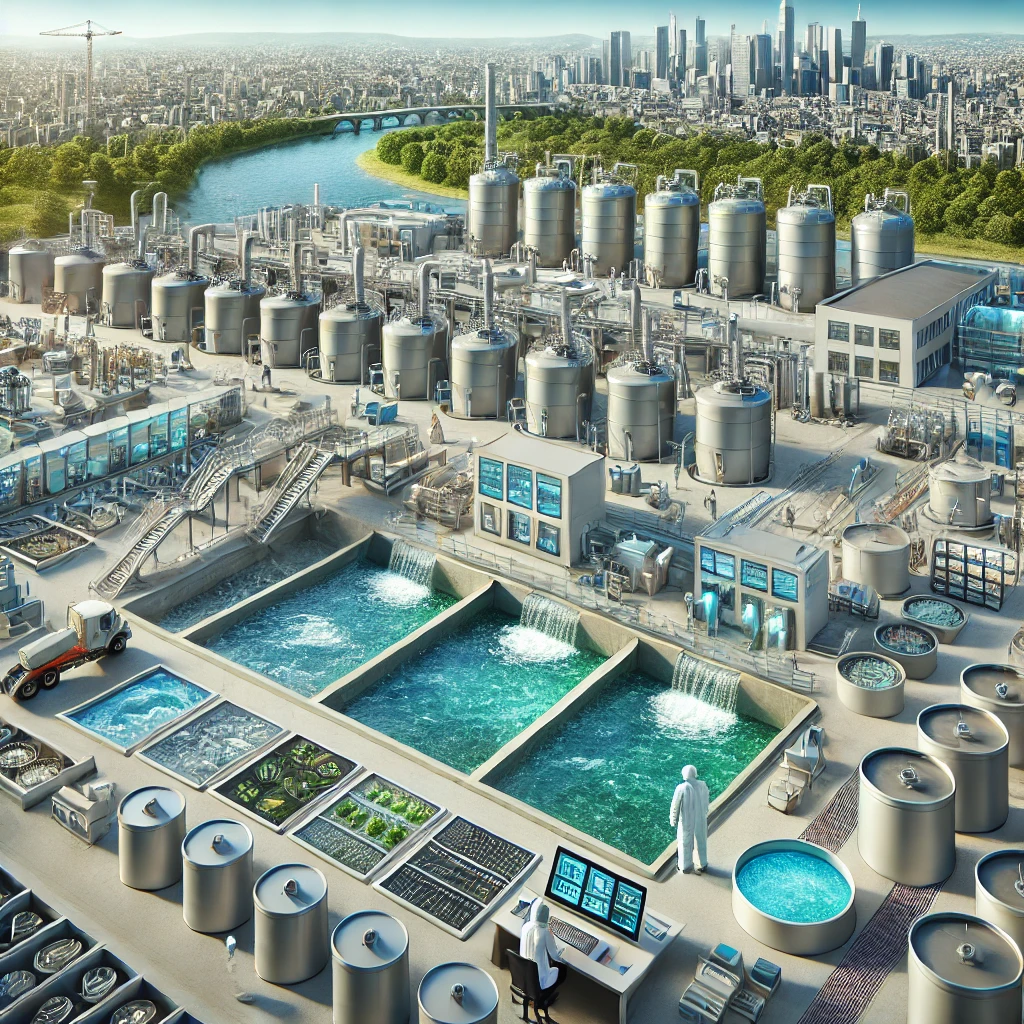IAEA Launches Research Project on Mining Wastewater Remediation Using Constructed Wetlands
Mining industries worldwide generate large amounts of waste, particularly due to modern excavation and ore-processing technologies.

The International Atomic Energy Agency (IAEA) is initiating a new Coordinated Research Project (CRP) aimed at improving the remediation of mining wastewater through the use of constructed wetlands. The five-year project, titled "Optimizing Mining Wastewater Remediation," invites proposals from research institutions and mining companies to develop innovative solutions for treating wastewater in mining operations.
Mining industries worldwide generate large amounts of waste, particularly due to modern excavation and ore-processing technologies. Wastewater from mining operations, which often contains harmful contaminants like heavy metals (e.g., nickel, arsenic, manganese), sulphates, and radioactive elements from uranium mining, poses significant environmental risks if not properly treated.
Conventional wastewater treatment systems are often expensive, energy-intensive, and less effective in removing stubborn pollutants. As a sustainable alternative, Constructed Wetlands (CWs)—engineered systems designed to mimic natural processes—offer a low-cost, energy-efficient solution. CWs use wetland vegetation, soils, and microbial processes to treat wastewater, making them a promising option for the mining sector.
Project Goals and Focus
The project aims to optimize CWs for wastewater treatment, particularly for metalliferous mines that produce copper, gold, and uranium. Key areas of focus include:
Characterizing wastewater from various types of metalliferous mines.Using radiotracer techniques to better understand the hydrodynamics of CWs and improve their efficiency.Investigating the potential for recovering valuable contaminants from CW components like biota and sediment.
Designing and modelling flexible CWs to treat mine wastewater, including prototypes for performance improvement.Conducting economic viability analyses to ensure practical implementation of CWs at selected mine sites.
By collaborating with research institutions and mining companies, the project aims to develop CW systems that are not only effective but also economically viable, allowing for the reuse of treated water in mining operations.
IAEA's Role and Partners
Najat Mokhtar, IAEA Deputy Director General, emphasized the importance of collaboration between research and industry to enhance knowledge of wastewater remediation and contribute to sustainable water reuse practices. Rob Little, Head of Sustainability at URENCO, highlighted the project as part of URENCO’s commitment to reducing the environmental impact of uranium mining through its partnership with the IAEA.
The research project will be supported by the IAEA’s Terrestrial Environmental Radiochemistry (TERC) Laboratory in Austria, which will provide guidance on radioanalytical and mass spectrometry analyses of water and sediment samples.
Call for Participation
The IAEA is encouraging research institutions and mining companies to submit proposals by November 29, 2024. The agency emphasizes the involvement of women and young researchers, and the collaboration between research organizations and local mining companies will be an advantage in the selection process.
This innovative project presents a unique opportunity to improve environmental sustainability in mining operations, reduce contaminants in wastewater, and make significant strides in water reuse for the future of the mining industry.
- READ MORE ON:
- International Atomic Energy Agency
- wetlands
- Mining Wastewater










